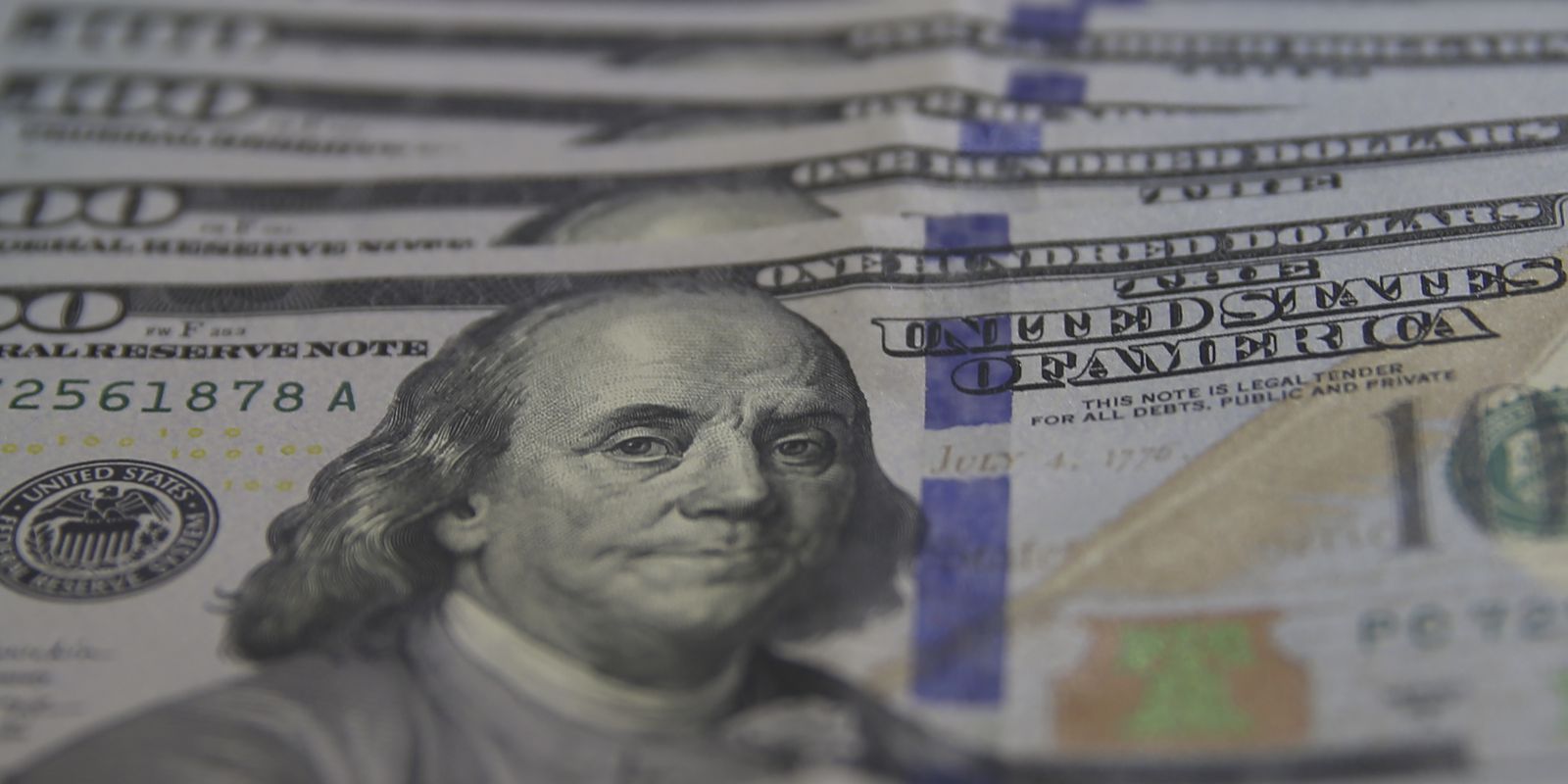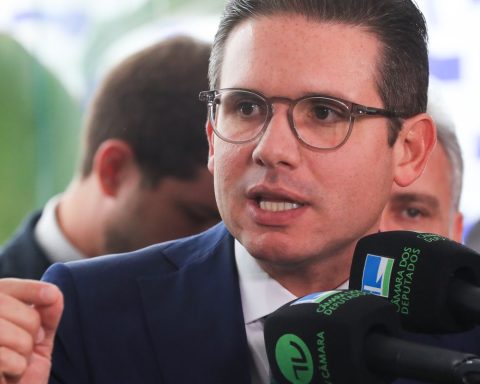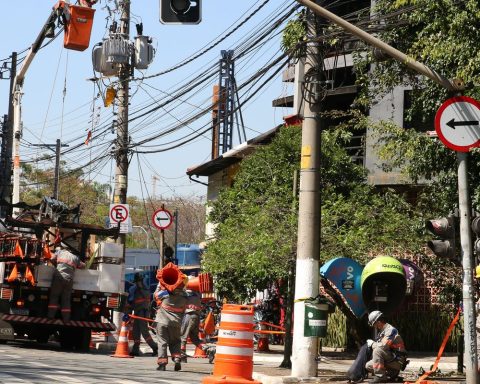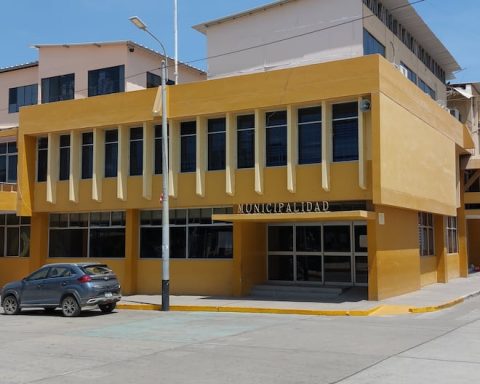The announcement of the tax package by the Minister of Finance, Fernando Haddad, and the relief on the international scene made the financial market have a day of relief. The dollar reached its lowest value since November, and the stock market had a small drop, after falling more than 1% in the early afternoon.
The commercial dollar ended this Thursday (12) sold at BRL 5.101, down by BRL 0.08 (-1.55%). The price operated close to stability during the morning, but began to fall in the early afternoon, with information about the fiscal adjustment package of BRL 242.7 billion announced by the Minister of Finance.
At the low of the day, around 3:45 pm, the US currency reached R$ 5.07, when the Ministry of Finance had announced that the package could make the Central Government (National Treasury, Social Security and Central Bank) register a surplus of BRL 11.13 billion this year. Later, when Haddad clarified that this was the most optimistic scenario and that the most likely forecast is a deficit of between R$90 billion and R$100 billion, the currency returned to around R$5.10.
With today’s performance, the dollar accumulates a drop of 3.4% in 2023. The currency is at its lowest price since November 4, when it was at R$5.05.
The fiscal package also softened the fall in the stock market. The B3 Ibovespa index closed the day at 111,850 points, down 0.59%. The indicator even dropped 1.2% around 12:15 pm, affected by the accounting scandal at Lojas Americanas, which revealed the existence of a debt of R$ 20 billion that was not included in the balance sheet. The retailer’s shares fell 77.33% this Thursday, affecting the Ibovespa.
In addition to the tax package, which increased investor confidence in public accounts, the financial market benefited from the international scenario. The disclosure that inflation in the United States slowed down in December encouraged investors, making the dollar fall across the planet. The cooling of inflation and the deceleration of the labor market in the largest economy on the planet makes room for the Federal Reserve (North American Central Bank) to raise interest rates less at the end of January meeting.
*With information from Reuters















